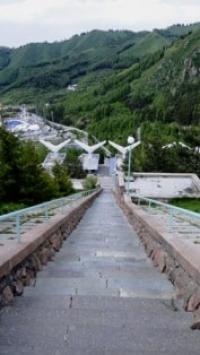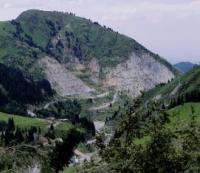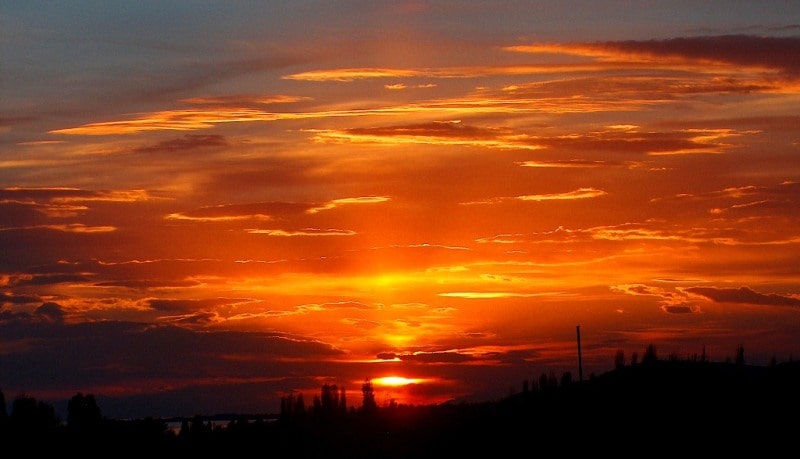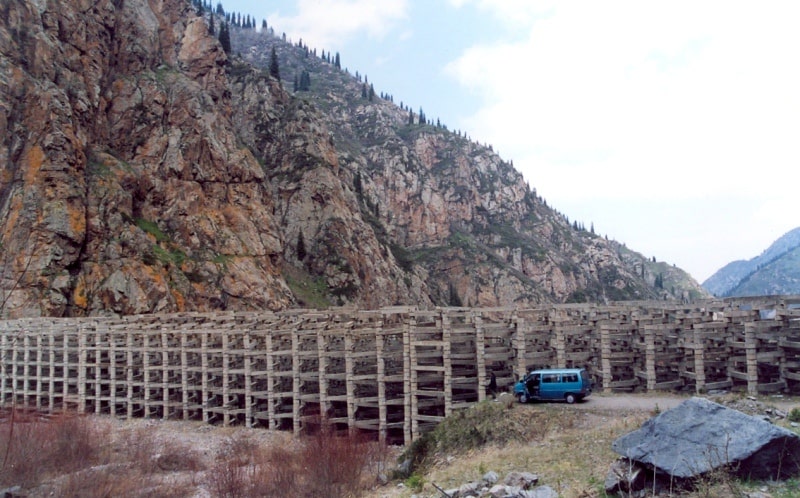You are here
Murdlow in Northern Tien-Shan.


Travel log about Kazakhstan.
“It is untrue that equality is a law of nature. Nature has no equality; its sovereign law is subordination and dependence”
Luc de Clapiers de Vauvenargues.
Luxury travellers in Kazakhstan.
Zailiysky Alatau), also known as Trans-Ili Alatau is part of the Northern Tien-Shan mountain system in Kazakhstan and Kyrgyzstan. It is the northernmost mountain range of Tien Shan stretching for about 350 km with maximal elevation of 4,973m (Talgar Peak).
The northern flanks of the Trans-Ili Alatau are represented by terraced low foothills and are bissected by deep transverse valleys of number of rivers, as well as by the longitudinal valleys of the rivers Right Talgar and Asy.
The foothills pass sharply into the Ili depression, which, with a slight tilt, descents to the basin of the river Ili. The southern flank of the Trans-Ili Alatau range plits into the two branches of the Kastek and Chon-Kemin ranges.
The Trans-Ili folded belt consists of a combination of major geological structures belonging to the Kazakhstan-Tien Shan Caledonian consolidation massif. It was formed as a result of the Caledonian and Hercynian orogeny.
Within the belt there are major structural elements: anticlinoria and synclinoria of sublatitudinal orientation, which are usually separated by fault lines. The Trans-Ili anticlinorium is the largest structural element in the ridge and can be traced by occasional exposures of the Precambrian, and in the axial parts it is cut through by large Caledonian granitoid intrusions.
At the flanks Early Paleozoic, Early Carbiniferous, and Upper Paleozoic rocks can be found. The main structural elements directly adjoining this region have a linearly extened sublatitudinal orientation, and in plain they form arcs slightly displaced in the southern direction.
In the north the Ili depression lies, which is separated from the Trans-Ili mountain ridge systems by the Alma-Ata and Trans-Ili deep fault zones. To the west of Alma-Ata lies the Kaskelen deep fault of northeasterly strike, which divides the Ili depression into western and eastern parts.
The western part is a gently rolling plain, while the eastern is substantially larger and has thicker sediments. Close to Alma-Ata there is a local depression zone, within which the sediments attain a thickness of almost 4000 m.
In the south the Ili depression adjoins the Trans-Ili Alatau ridge. The ridge is bounded from the north by the Trans-Ili and Almata fault zones. The eastern part of the ridge splits up into smaller uplifts, which fan out to the north and southeast.
The Trans-Ili ridge is steeply terminated in the south by the zone of Kebin-Chilik graben, which is a narrow depression zone throughout its length. Almaty city and its surroundings is located in an area of extensive geological risk, being subject to earthquakes, mudflows, landslides and glacier lake outburst flows.
Much of downtown Almaty is built on the alluvial fan of the Malaya Almatinka River. The river valley, steeply descending to the city from the Trans-Ili Alatau mountains, is highly susceptible to the formation of debris flows and/or mudflows.
During the XXth century, five catastrophic debris/mudflows took place in the valleys of two rivers. The most severe of them was the catastrophic mudflow of 1921 in the Malaya Almatinka valley, triggered by heavy rainfall.
It killed 500 people out of Almaty's 45,000 population at the time, and destroyed much of the city. The total volume of that flow is thought to have been 10 million m3 (including some 3 million m3 of rock), coming down to the city at the discharge rate of 900 m3 per second.
It is estimated that if a repetition of the 1921 mudflow were to strike the city in the early 21st century, the damage would be on the order of US $100 million. To prevent mudflows from reaching the city, a number of facilities have been built upstream of the city on both the Bolshaya (Greater) and Malaya (Lesser) Almatinka Rivers.
The Medeu Dam was created in 1966 by a series of four preliminary explosions of 1,800 tons total and a final explosion of 3600 tons of ammonium nitrate based explosive. In 1967 the dam was reinforced by an explosion of 3900 tons of ammonium nitrate based explosive. It turned out that the dam was completed just in time for the potentially catastrophic mudflow of July 15, 1973.
The dam worked, successfully stopping the flow. 3.8 million m3 of sediment was captured in the reservoir above the dam, bringing its bottom to the elevation of 1835 m above the sea level. A powerful mudflow took place as a result of glacier lake outburst near Talgar town, Almaty region in July 2014.
It affected a nearby settlement and damaged several buildings, including a summer school for children. About 200 people, most of them children from the nearby camp, were evacuated.


Authority:
Seismic Vulnerability Assessment of Cultural Heritage Buildings in Tajikistan Jafar Niyazov
http://www.unesco.org/new/fileadmin/MULTIMEDIA/HQ/SC/pdf/RELSAR_IX_International_Workshop_proceedings.pdf
Photos
Alexander Petrov.







